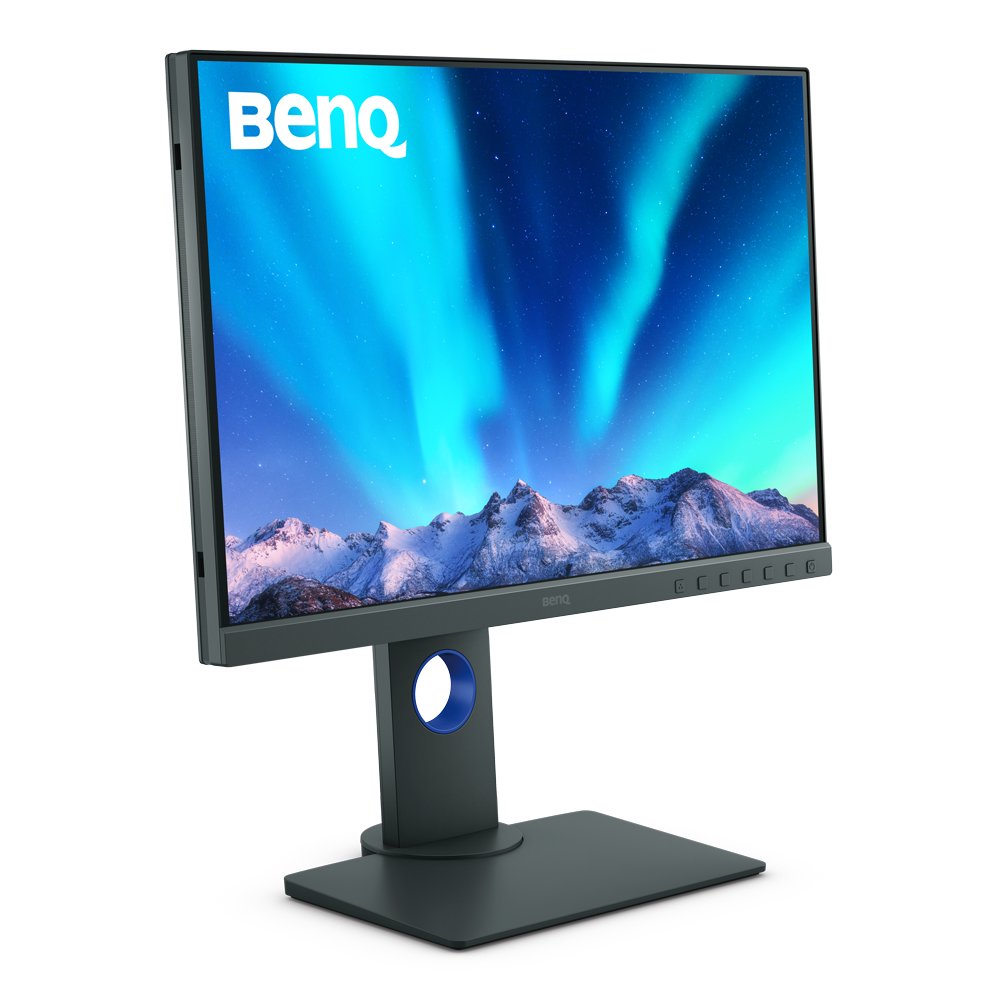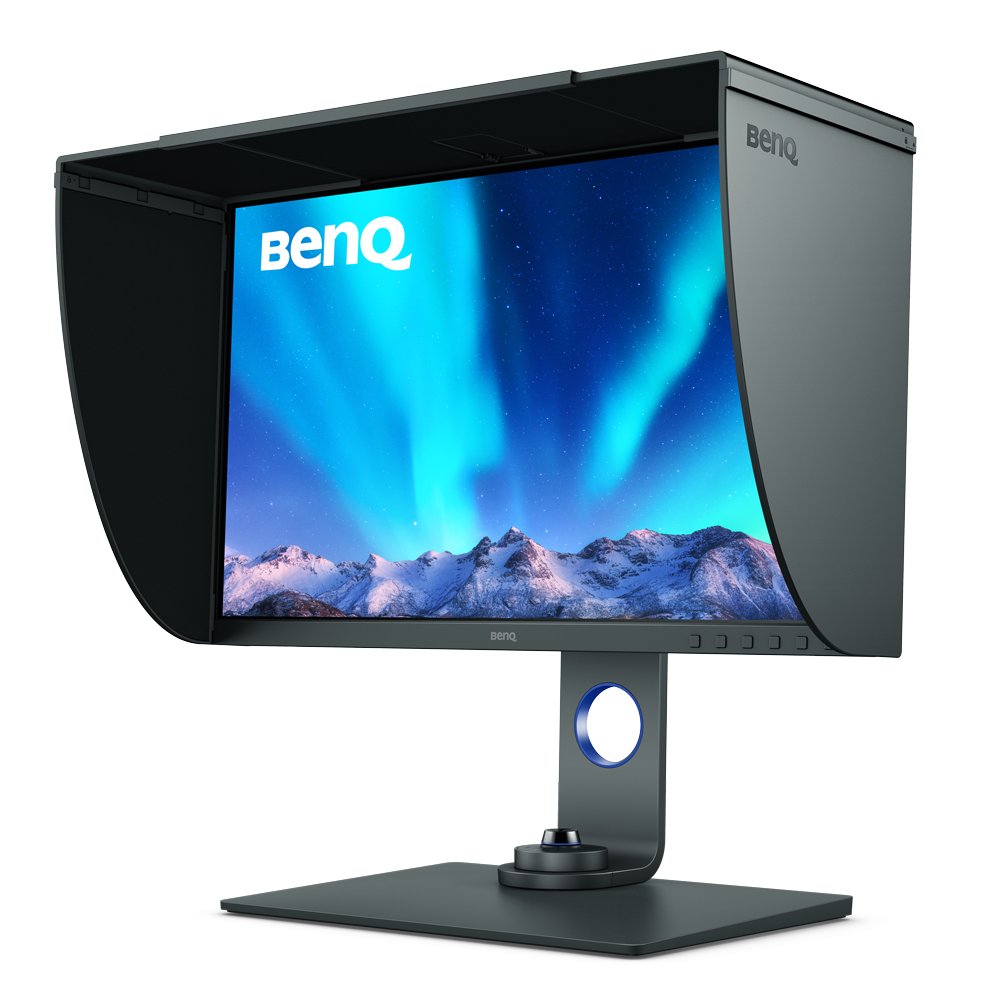Be creative and experiment with different perspectives, angles, and vantage points. There aren’t really any hard and fast composition rules with photography – sometimes the most interesting images are off centre or a bit quirky. Dogs are closer to the ground than we are, so take a series of images while lying on the ground and shooting from their point and view. Or consider taking photos directly at their eye level while they are sitting up, or shoot from above, pointing the camera straight down at them. You even crop parts of them out by zooming in for a close up nose shot, or detailed eye image. Don’t overlook paws, tails, and ears too for an abstract feel.
Be sure to check your background for objects beside or behind your subject. Chairs, people, rubbish bins, light posts, other dogs (to name but a few) can all ‘photobomb’ your subjects and are things you need to watch out for. You can move people and other dogs out of the way – with the inanimate objects you can change the angle of your shot or move your dog elsewhere to avoid getting these elements in your image.
Interesting features that add something to your image make for a great shot, whereas unwanted objects or clutter can be distracting. I try to go for clean and simple backgrounds like green grass or blue sky, a nice park bench, or patterned surface. If your pooch won’t sit still, position them on a sturdy chair or bench where they feel comfortable. This will buy you valuable seconds, as they won’t be able to race off as quickly as they can when they are on the ground.
Most of all, the time you spend with your dog should be fun, and photographing them is no exception. Make your photo session light and easy and enjoy yourself. The experience is just as important as the end result.



